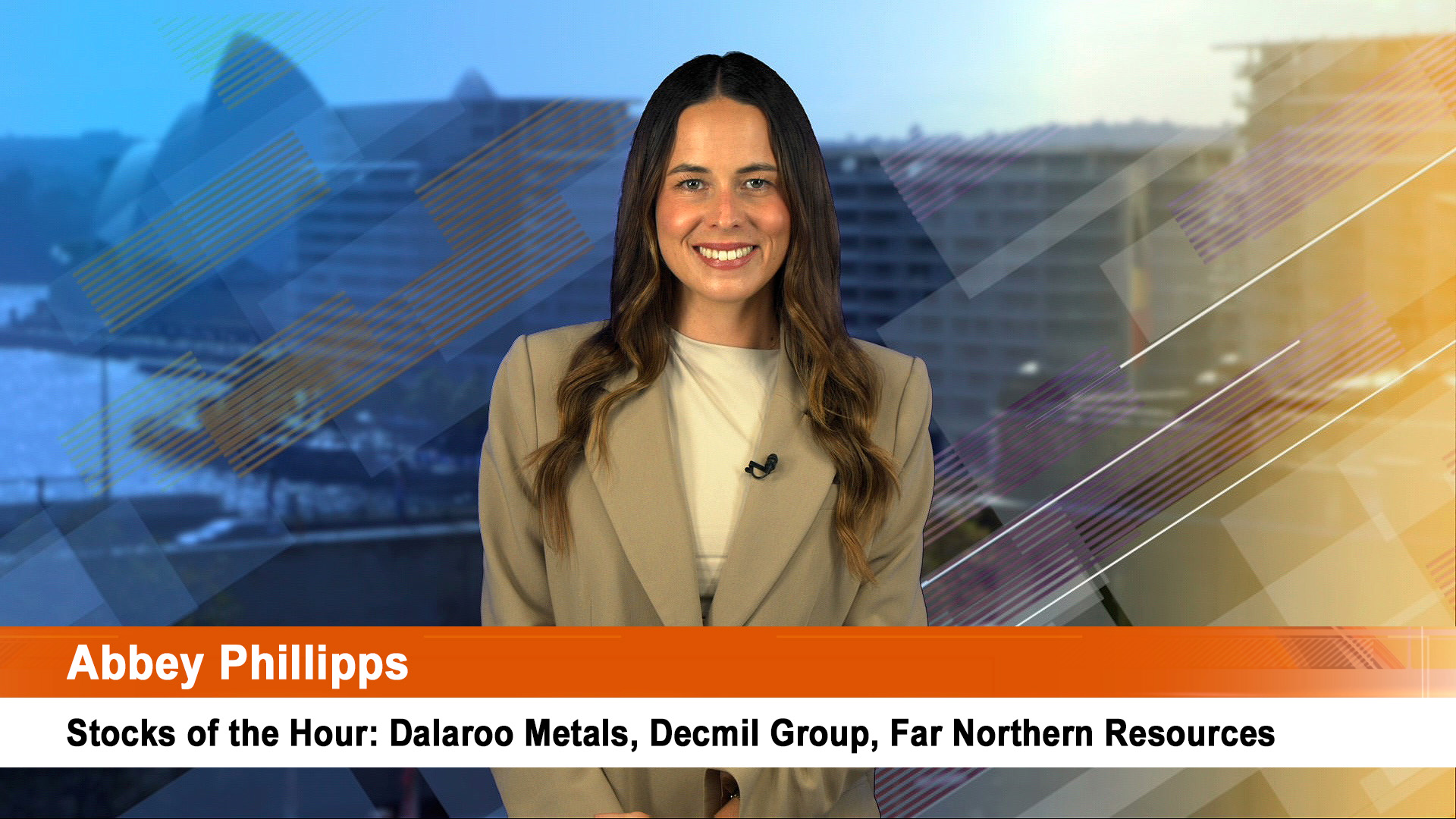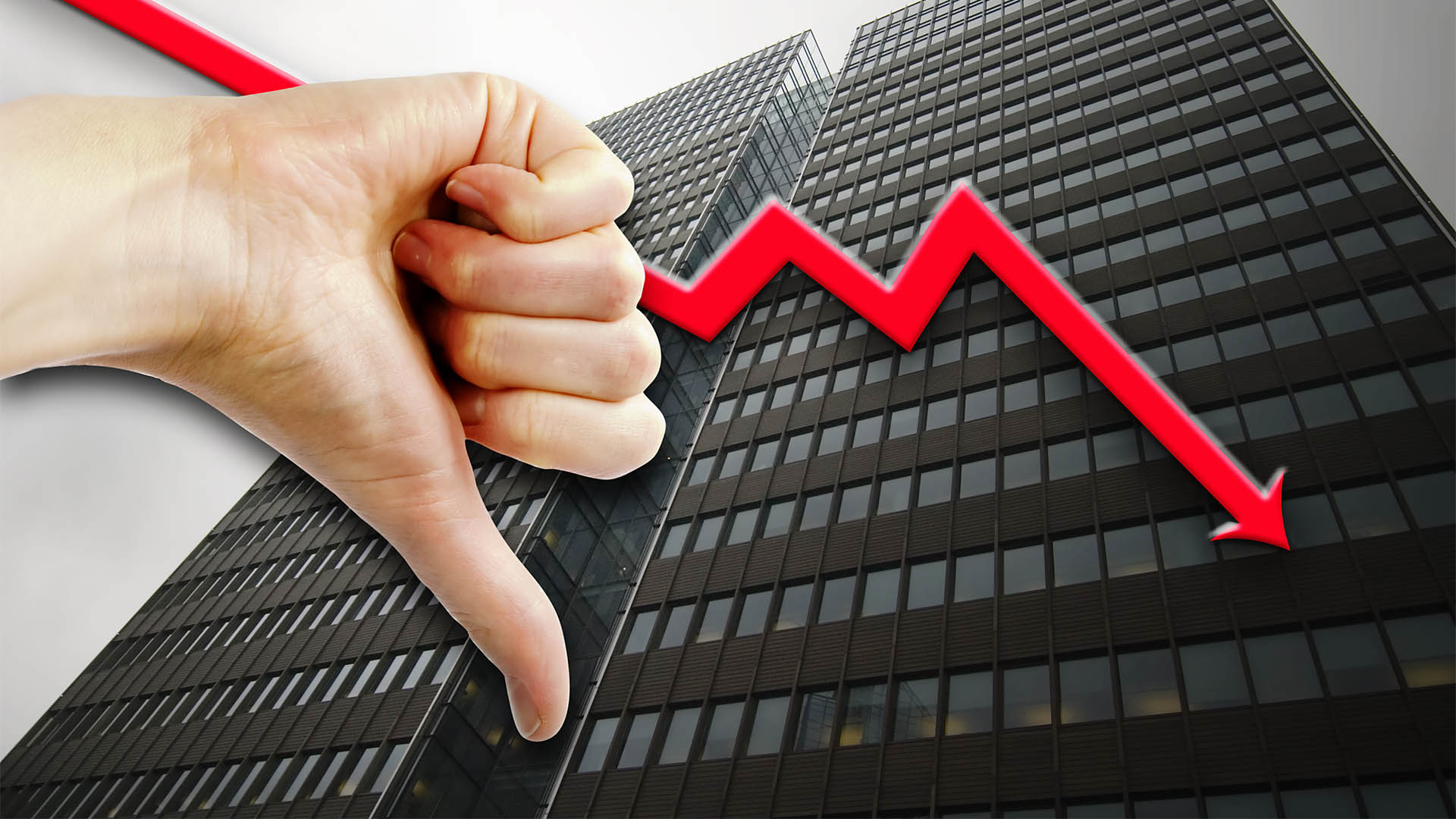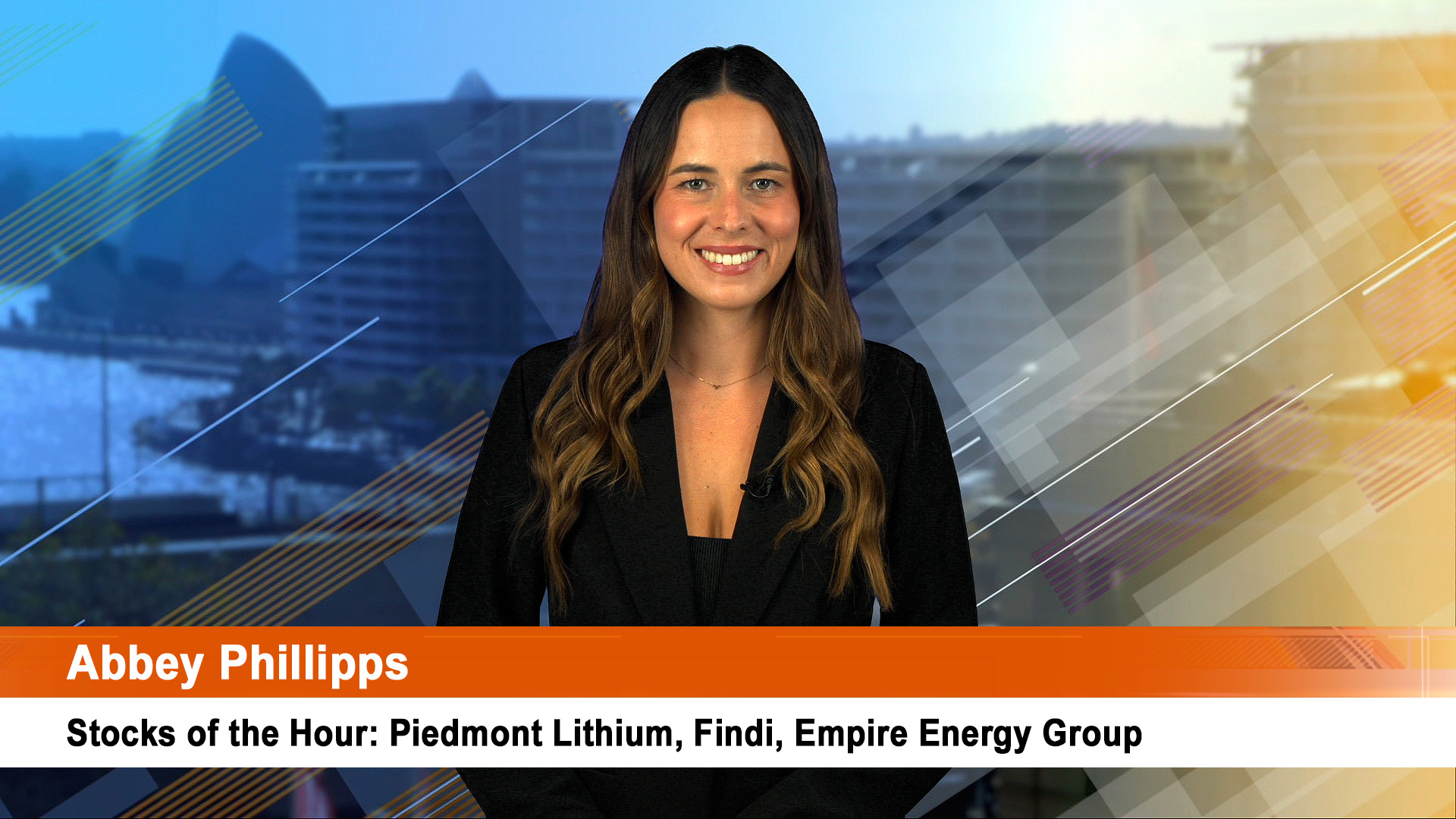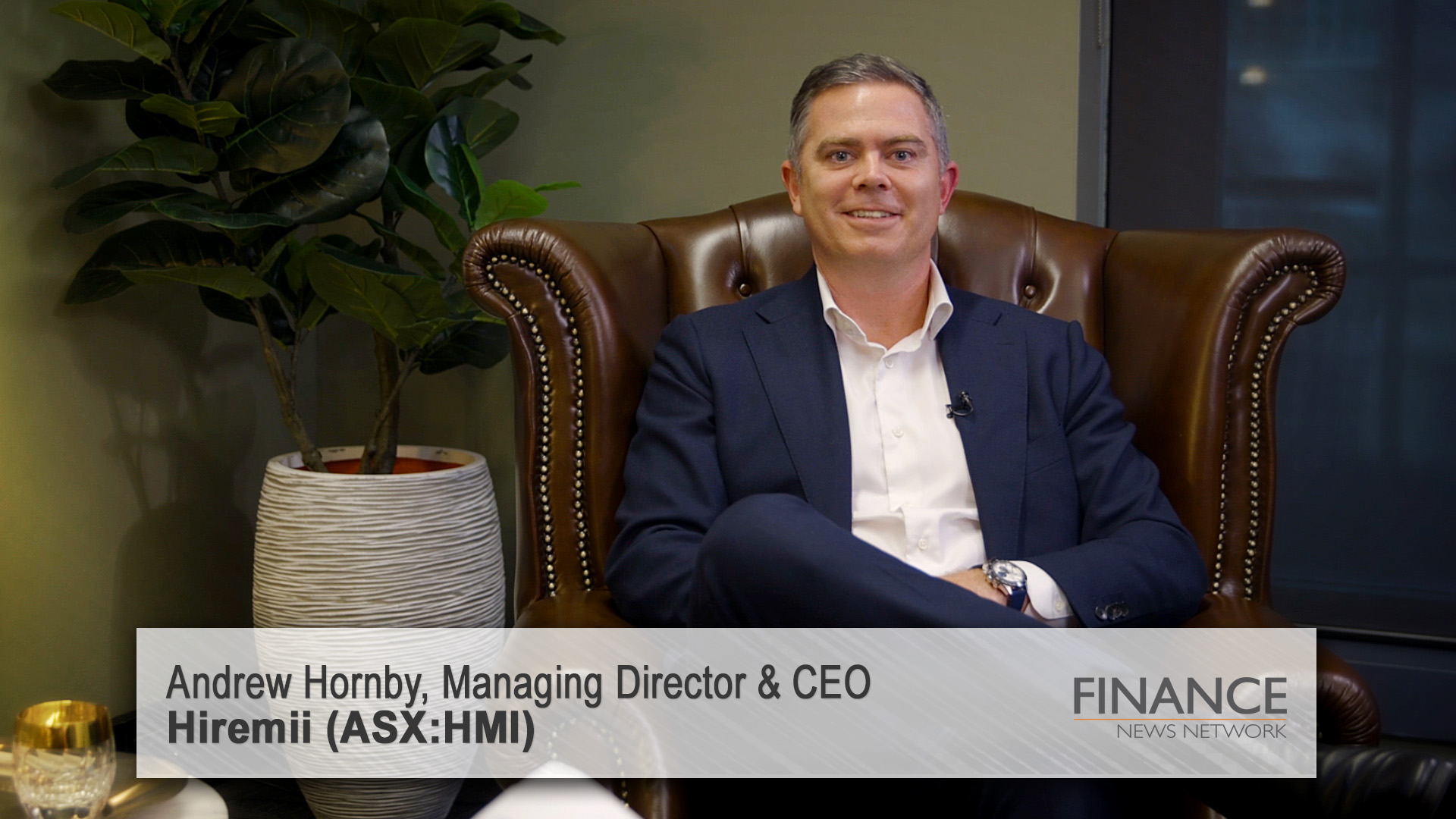Coles shares hit an all-time high of $13.69 yesterday after the company revealed its new strategy, the highlight of which was of course cost cuts – $1 billion by 2023.
Part of these cuts looks like an unknown slowdown in the number of new stores it builds over the next four years (though it looks like there will be a stepped-up pace of store and format refits that could offset any cost savings).
There was no mention of job cuts, but after last week cut of 450 slots at the head office in Melbourne, that’s probably enough for the red meat ‘costs out’ mob among analysts and investors.
The shares ended closing up more than 3% at $13.23 though that’s a way from the intraday high and below the peak price on the day the shares floated on November 15 last year.
Seeing Coles opening price on the first day of trading of the spin-off was $12.49, the 74 cent gain looks sort of OK but seeing the shares hit a high of $13.37 the same day (November 15), the market reaction yesterday muted.
Coles said in the briefing filed with the ASX that the $1 billion will come by using technology and automation to do manual tasks, while cutting staff in office roles (which has already happened).
Ahead of its first strategy day since being spun out from the Wesfarmers conglomerate at the end of 2018, Coles said the savings were needed to offset rising costs, including energy and wages.
Coles chief executive Steven Cain said the company’s other financial priorities were to deliver sales growth “at least” in line with market growth, and to maintain an “attractive” dividend payout ratio to shareholders.
Coles had started putting greater emphasis on technology while owned with Wesfarmers (and in an effort to catch rival, Woolworths), but that has accelerated since it separated from its former parent.
The retailer says technology will deliver cost savings in the form of warehouse and stockroom automation, installing more self-service checkouts, including for customers using trolleys; upgraded anti-theft systems, and labour planning tools.
For example Coles announced a partnership with British online supermarket Ocado in March to build an automated warehouse to handle its home delivery services and has signed a contract to build two new highly automated distribution complexed
The company said it would slow the rate at which it opens new bricks and mortar stores, and will “optimise” its network by closing low-margin outlets. Any new stores will be in areas with significant population growth.
Mr. Cain said Coles would differentiate itself from competitors Woolworths and Aldi by having a leading online offer, its low-priced home brand products and by delivering better prices overall through the use of automation and technology.
“Our strategy will truly differentiate Coles in the Australian retail market, allowing us to lead in online through an optimised network, as well as making Coles an own brand powerhouse and a destination for health,” Mr Cain said.
“It will also provide long term structural cost advantages while making us Australia’s most sustainable supermarket.”
The retailer says it wants long-term revenue growth to be “at least in-line with market growth”, so no outperformance as investors constantly demand.
It said it will be looking at “increased levels of capital expenditure at returns in excess of cost of capital” which is not what analysts and big investors want to hear from companies these days, even if it is needed.
Coles pointed out that there had been, for example, underinvestment in IT systems, especially communicating with stores and that its distribution network was at about capacity – meaning new investment in new facilities.
Coles also said in yesterday’s statement that its like-for-like sales growth for the fourth quarter would be in the “upper half” of what it achieved in the second quarter (1.5 percent) and third quarter (2.2 percent). Does that mean 1.8% or 1.9% or 2%? Who knows?












